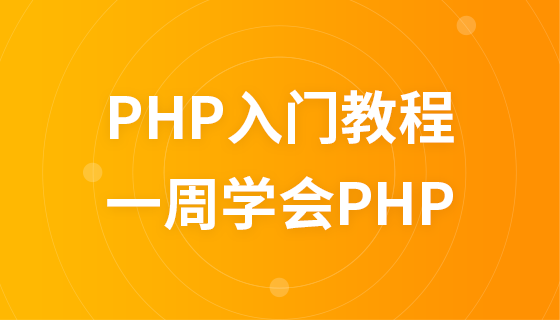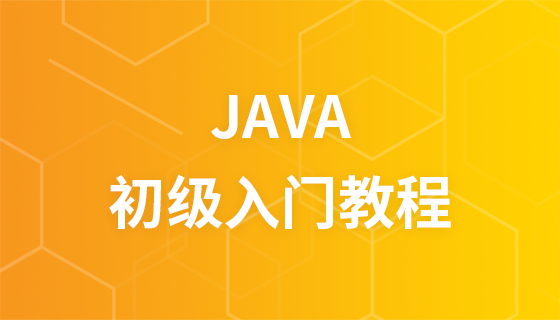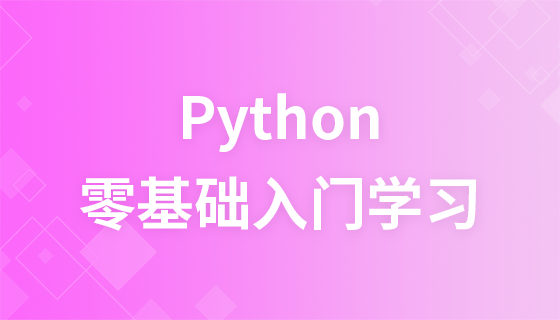
第 1 步:MongoDB 遊標
以下是我們設定遊標的方法(重複使用您的程式碼片段):
const cursor =
userObject?.data?.serviceProviderName === 'ZYRO'
? zyroTransactionModel.find(query).cursor()
: finoTransactionModel.find(query).cursor();
console.log("Cursor created successfully");
第 2 步:設定 ZIP 檔案
使用 yazl 庫將 CSV 資料串流傳輸到 ZIP 檔案:
const yazl = require('yazl');
const zipfile = new yazl.ZipFile();
reply.raw.writeHead(200, {
"Content-Type": "application/zip",
"Content-Disposition": "attachment; filename=transactions.zip",
});
zipfile.outputStream.pipe(reply.raw);
const cleanup = async () => {
console.log("Cleaning up resources...");
zipfile.end(); // Finalize ZIP
await cursor.close();
};
reply.raw.on("close", cleanup);
reply.raw.on("error", cleanup);
第 3 步:建立動態 CSV 流
動態產生 CSV 資料並將其傳輸到 ZIP 檔案:
const createNewCSVStream = (headers) => {
const csvStream = new Readable({ read() {} });
csvStream.push(headers.join(",") + "\n"); // Add headers
return csvStream;
};
const filteredHeaders = getHeaders(transactionDownloadFields, userObject?.state?.auth?.role);
const currentCSVStream = createNewCSVStream(filteredHeaders);
zipfile.addReadStream(currentCSVStream, "transactions_part_1.csv");
第 4 步:將 MongoDB 資料串流傳輸到 CSV
將資料從 MongoDB 直接串流傳輸到 CSV:
cursor.on('data', (doc) => {
const csvRow = filteredHeaders.map(header => doc[header.key] || '').join(',');
currentCSVStream.push(csvRow + '\n'); // Write row
});
cursor.on('end', () => {
currentCSVStream.push(null); // End the stream
zipfile.end(); // Finalize the ZIP
});
第 5 步:處理來自 MongoDB 遊標的資料
從 MongoDB 遊標串流文檔,根據需要轉換它們,並將行動態寫入 CSV 流:
try {
for await (const doc of cursor) {
if (clientDisconnected) {
console.log("Client disconnected. Stopping processing...");
break;
}
streamedCount++;
rowCount++;
let row = "";
const filteredHeaders = getHeaders(
transactionDownloadFields,
userObject?.state?.auth?.role
);
for (let i = 0; i < filteredHeaders.length; i++) {
const field = filteredHeaders[i];
// Fetch the corresponding field configuration from transactionDownloadFields
const originalField = transactionDownloadFields.find((f) => f.value === field.value);
// Get the value from the transaction document
let value = getValueFromTransaction(doc, field.value);
// Apply transformation if the field has a transform function
if (originalField?.transform) {
value = originalField.transform(value);
}
// Enclose the value in double quotes
value = value !== undefined ? `"${value}"` : '"N/A"';
row += (i > 0 ? "," : "") + value;
}
row += "\n";
currentCSVStream.push(row);
// Check if the row count has reached the threshold for the current CSV file
if (rowCount >= MAX_ROWS_PER_FILE) {
console.log(`Threshold reached for file ${fileIndex - 1}. Starting new file...`);
currentCSVStream.push(null); // End the current CSV stream
currentCSVStream = createNewCSVStream(); // Start a new stream
rowCount = 0; // Reset the row count
}
}
// Finalize the current CSV stream if it has data
if (currentCSVStream) {
currentCSVStream.push(null);
}
// Finalize the ZIP file
zipfile.end();
console.log(`Successfully streamed ${streamedCount} rows across ${fileIndex - 1} files.`);
} catch (error) {
console.error("Error during processing:", error);
if (!headersSent) reply.status(500).send({ error: "Failed to generate ZIP file" });
} finally {
// Cleanup: Close the MongoDB cursor
await cursor.close().catch((err) => console.error("Error closing cursor:", err));
}
總結
文件迭代使用 for wait...of:
有效率地從 MongoDB 遊標中逐一流式記錄文件。
無需將所有資料載入到記憶體即可即時處理。
透過迭代filteredHeaders動態建構每一行。
如果在 transactionDownloadFields 中定義,則使用轉換函數套用轉換。
行閾值與檔案分割:
根據門檻 (MAX_ROWS_PER_FILE) 監控行數。
結束目前 CSV 流,並在達到閾值時啟動新的 CSV 流。
如果處理過程中出現問題,則記錄並傳送錯誤回應。
透過關閉finally區塊中的MongoDB遊標來確保正確的清理。
推入 null 以終止目前 CSV 流。
處理完所有行後,完成 ZIP 檔案。
以上是從儲存到串流:將 MongoDB 資料直接交付給用戶的詳細內容。更多資訊請關注PHP中文網其他相關文章!




